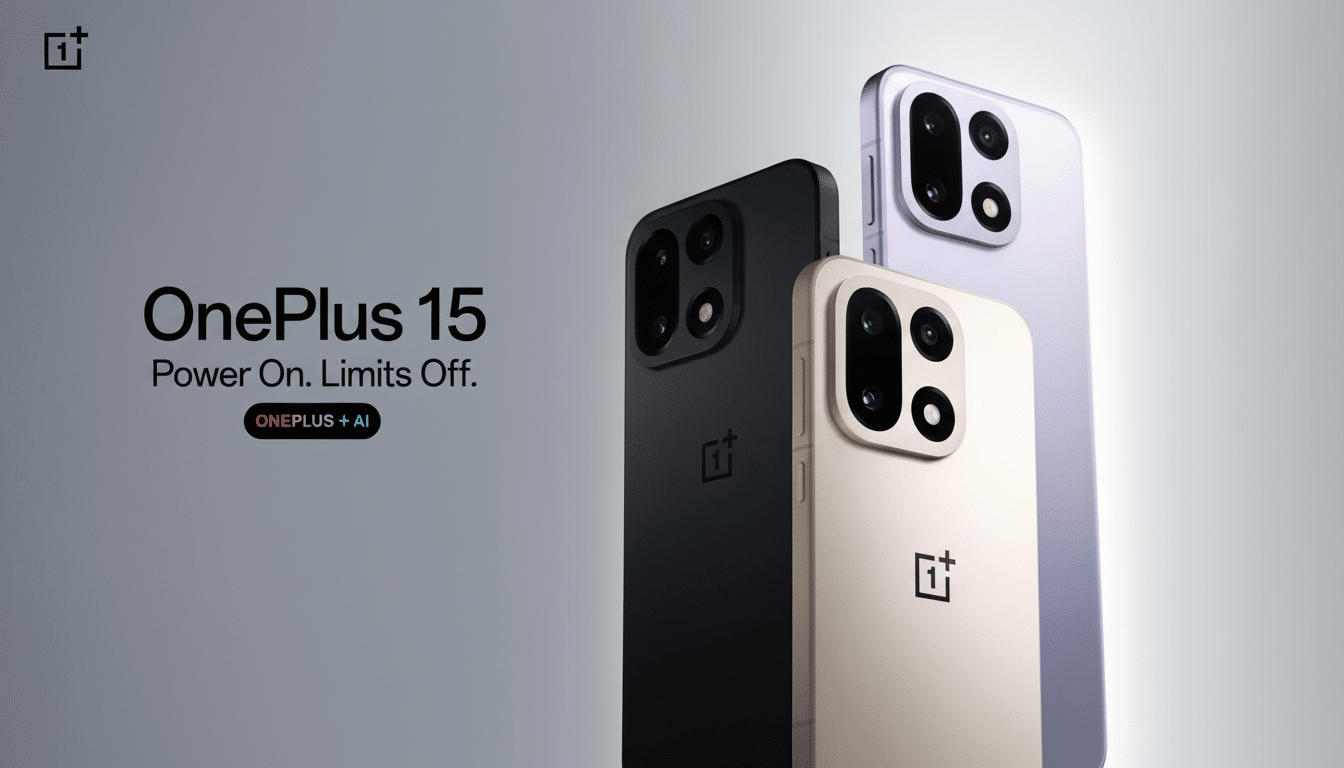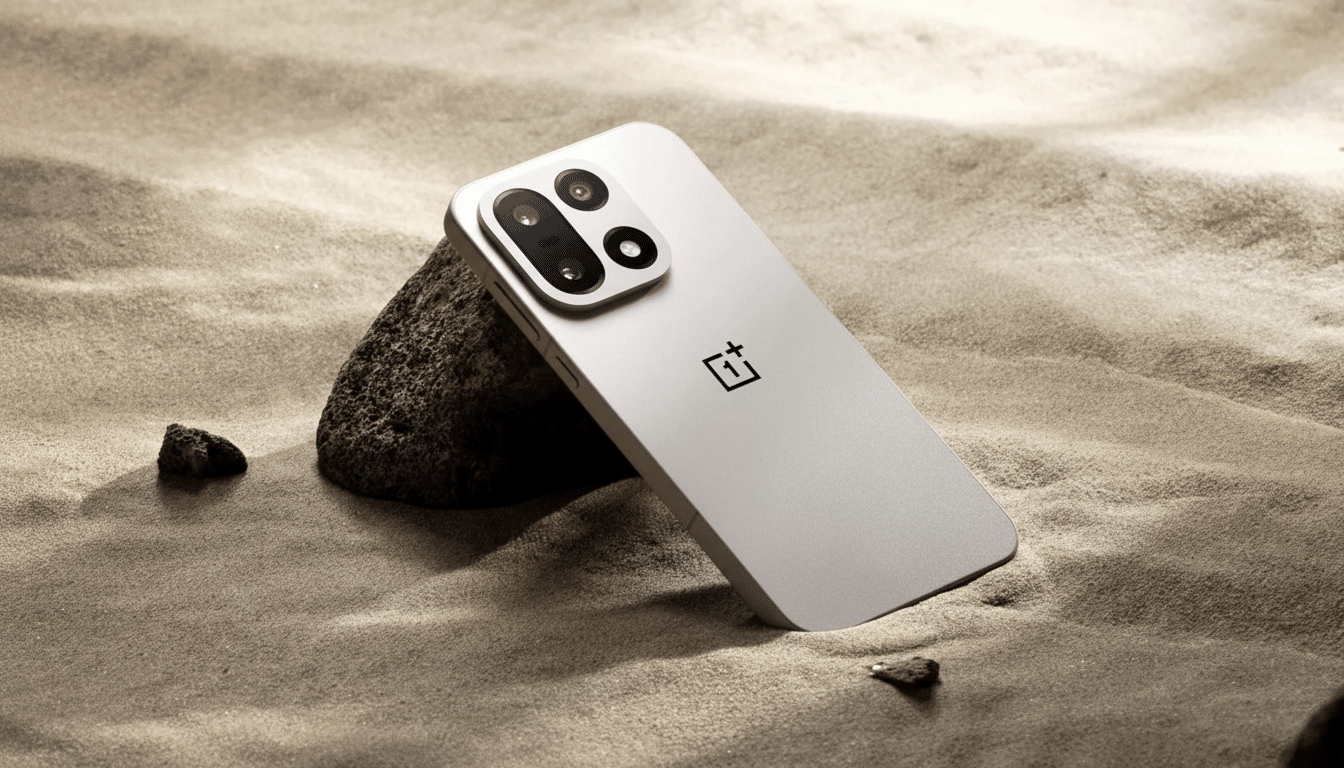The newest leading flagship throwdown is closer than the spec sheets would make you believe, but after spending some time playing with both of them, if pressed, I’d grab OnePlus 15 before Pixel 10 Pro XL. It’s not just the one thing, but a stack of performance headroom and battery endurance and charging speed and thoughtful software touches that all line up to create a daily experience for power users that feels faster and more flexible.
Yes, Google’s flagship phone delivers class-leading software lifespan and out-of-this-world AI features. But OnePlus fires back with blazing speed, a monster battery life, surprisingly helpful on-device organization tools and a price that undercuts Google by hundreds. Here’s the math in action.
- Performance and gaming gains favor OnePlus 15 over Pixel 10 Pro XL
- Bigger battery and faster top-ups give OnePlus 15 a clear edge
- Software that shows personality and deeper customization options
- Real AI features with a dedicated button for instant capture
- Value and the trade-offs that tip the scales toward OnePlus 15

Performance and gaming gains favor OnePlus 15 over Pixel 10 Pro XL
The Snapdragon-tier silicon in the OnePlus 15 continues to lead over Google’s TSMC-built Tensor G5 in CPU and GPU workloads. Synthetic runs from tools like Geekbench and UL’s 3DMark also illustrate a consistent lead for Qualcomm flagships, and that advantage pays off with faster app launches, speedier photo exports and more stable frame rates in longer gaming sessions.
OnePlus also plays up its edge with a 165Hz panel. Most people coming from 120Hz won’t notice night-and-day differences in scrolling, but competitive gamers will. Top titles like Call of Duty, Real Racing 3, Blood Strike and Standoff 2—as well as PUBG via frame interpolation—already draw from that higher ceiling. Frame stability is what counts more than peaks, and the OnePlus 15 holds that line better when it gets hot and busy.
Bigger battery and faster top-ups give OnePlus 15 a clear edge
Battery is where the OnePlus 15 flexes. That’s the growth you’d expect from a 7,300 mAh or so cell whose size would definitely put it in Pixel 10 Pro XL territory; and indeed it does. In mixed use—navigation, camera bursts, streaming video and reading Slack discussions—the OnePlus consistently has remaining buffer, where at the end of the day the Pixel is begging for a late-evening infusion.
Charging seals it. OnePlus claims 80W is in the box for the US (while 100W may be available to some with select first-party adapters, and up to 120W when bundled), filling from empty in roughly 52 minutes. That’s a useful gap from the Pixel’s 25W pace, which typically hovers around two hours or so. Going from panic to all-day confidence takes 15 minutes of pit-stopping on the OnePlus.
Wireless charging is a point in Google’s favor on standards—the Pixel supports the Qi2 magnetic spec—whereas OnePlus leans on its own 50-watt gear. If you’re already in the Qi2 pad ecosystem that’s a consideration; if your priorities are speed and uptime, the wired story is conclusively stronger on OnePlus.
Software that shows personality and deeper customization options
When slabs can only look so different, software is the style. OnePlus 15’s OxygenOS 16 comes with a more expansive lock screen toolkit than what you’ll find on the Pixel’s current stable build: depth-aware wallpapers, the ability to adjust clock sizes and a finer suite of positioning controls. This is small stuff on paper, but your lock screen is the phone’s handshake—and for it to feel like you made it yours matters.

Material You on Android continues to impress the hell out of both devices, with Google’s theming never coming across as too overbearing. But OnePlus just delivers more levers to pull without third-party apps, and the polish is there. If you like fiddling with your setup, then OxygenOS is the familiar place to be.
Real AI features with a dedicated button for instant capture
The Pixel 10 Pro XL continues the tradition of great features, like call screening and on-device improvement of photos and audio that were trailblazed by Pixels years ago, showing AI being helpful. OnePlus does it differently: It swaps the iconic alert slider for a dedicated button which brings up an AI-powered “Mind” space to take, store and query what’s on the screen.
With Gemini, that’s a bit more of a native second-brain approach here: you stash away bits and pieces—addresses, order numbers, or research notes, etc.—to pull answers out again later using natural language.
For people who live in email, docs and feeds, the hardware key for retrieval is actually really transformative. It’s the sort of everyday utility that sticks around after the newness wears off.
Value and the trade-offs that tip the scales toward OnePlus 15
Pricing tilts the table. The OnePlus 15 perches at around $900 with 12 gigabytes of RAM, not even counting the Pixel 10 Pro XL’s initial price point that hovers at about $1,200 for 16GB. OnePlus also offers a $100 bump that brings RAM to 16GB and doubles storage to 512GB, both configurations coming out tens of dollars underneath Google’s price tag. In a flagship market in which battery and charging are among the top decision drivers, according to Counterpoint Research, that’s a $300 swing that matters.
Where Google absolutely wins on support longevity; you can get seven years of Android updates, and it has a sharper, brighter display for HDR content and outdoor use. Also: As I said, camera nerds might prefer Google’s computational consistency. If speed, fluid gaming, gargantuan battery life, and an all-round package that charges faster with a lower price tag are your priorities, though, the OnePlus 15 will deliver the more compelling day-to-day experience.
Both phones are excellent. The OnePlus 15 simply caters better to the performance-first, charge-fast, customize-everything crowd—and that’s why it gets my money.

